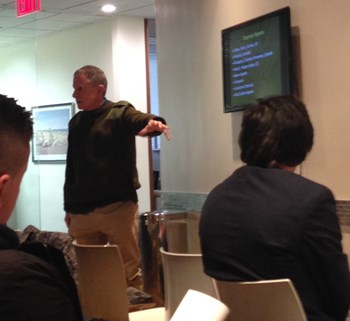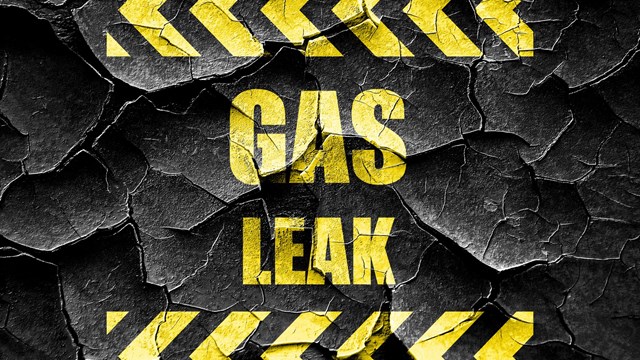
Emergency preparedness--especially for possible violent attacks at home, work and in public spaces--was the theme of a Manhattan symposium hosted last month by property management firm FirstService Residential and aimed at property managers, superintendents and board members. The event was a sobering reminder of the world we live in, and of the steps a proactive manager can take when the worst-case scenario becomes reality.
Active Shooter Situations
One of the two notable sessions from the symposium was titled “Active Shooter: Run, Hide, Fight!” Presented by security specialist Dino Iuliano of Planned Companies, the session provided an overview of potential responses to an active shooter scenario in a building. Iuliano emphasized that the seminar was not a “training,” as that must be sanctioned by the federal Department of Homeland Security.
The seminar included several video dramatizations of active shooter scenarios, including one involving a workplace being terrorized by a gunman while several employees lock themselves in an office; another video featured a man stalking an unidentified public or government property with an automatic weapon. Statistics about violence in public spaces flashed across the screen.
Although the slogan “run, hide, fight!” ostensibly lists the available options in an active shooter situation in order of priority, Homeland Security is still evaluating the viability of hiding; some research indicates that it may put bystanders at greater risk. Another point that stood out was that upon arrival, first responders are focused solely on neutralizing the immediate threat -- not tending to any victims who may be present. Additionally, most fatalities occur during the first three minutes after the shooter opens fire, when people are still realizing what's going on -- and well before most even truly have a chance to run, hide, or fight.

During a Q&A segment, one attendee proposed that since shooters tend to be equipped with semi-automatic weapons, residential and commercial buildings should perhaps be guarded by equally-armed personnel. That proposal begged the question of what impact that having military-grade security in one's lobby might have on the psyches of residents, building employees, and visitors. Another attendee suggested that if metal detectors were required in buildings over a certain capacity, they could stop anyone from entering with a firearm. Iuliano explained how weapon technology is advancing faster than measures for detecting weaponry. For example, someone at this moment with the will and know-how can manufacture a plastic gun using a 3-D printer.
Also emphasized was how important it is to silence phones during an active shooter scenario. An errant ring or even vibration can make someone -- and those with whom they’re potentially hiding -- a target.
The seminar concluded with Iuliano explaining a concept known in security as “hardening the target.” It means that while a shooter is presumably committed to attacking someplace, you’re better off ensuring that it’s not the place in which you happen to be. That is done by fortifying your building and making it as inaccessible and unappealing as possible to a would-be assailant.
Bio/Chemical Weapons & Natural Disasters
The events second session, titled “An Introduction to Biological/Chemical Weapons & Natural Disasters,” was hosted by Hank Wisner of the Residential Manager Emergency Response Team (RMERT). For some background, RMERT offers a very hands-on course (hazmat suits are involved) that aims to teach managers how to handle crises including natural disasters,terrorist attacks, fires, injuries, workplace violence, weapons of mass destruction, and pandemics. During the seminar, Wisner touched upon everything from anthrax-related heart failure to mustard gas to Rome being felled by the plague, and offered advice on how to minimize the chaos of a crisis scene.
Other sessions that were on the symposium’s schedule included “Emergency Planning, Apartment Buildings and Residents Working Together”; “CPR 101”; “High-Rise Residential Fire Risk Management”; and “An Introduction to Mental Health First Aid Training.” There was also a panel discussion about crisis management, moderated by FirstService Residential Executive Managing Director Steven Hirsch.
Considering how much of a manager’s job involves dealing with day-to-day association maintenance minutiae, the topics from the symposium might appear extreme. But with horrific tragedies from mass shootings to natural disasters being more and more commonplace in the news, emergency preparedness could be a lifesaver.
Mike Odenthal is a staff writer at The Cooperator.









Leave a Comment